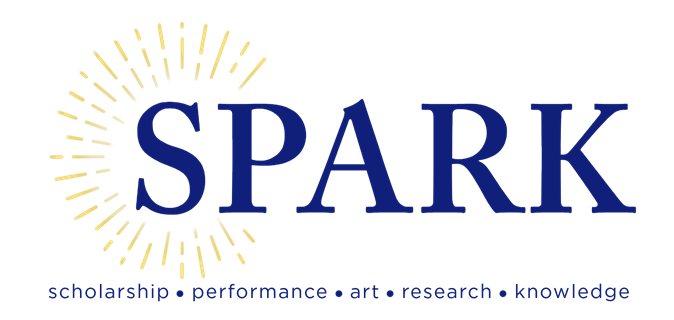
[Archive] Belmont University Research Symposium (BURS)
Publication Date
2022
College
Sciences and Mathematics, College of
Department
Psychological Science, Department of
BURS Faculty Advisor
Carole Scherling
Presentation Type
Oral Presentation
Abstract
The COVID-19 pandemic has led to multiple societal and behavioral changes, including the addition of mask wearing. This material covers the face from the bridge of the nose to the base of the chin, which limits the availability of facial cues that are often used in social interactions (Gori et al. 2021). Research has demonstrated cognitive recognition challenges, with mask wearing decreasing facial recognition abilities (Freud et al. 2020). Similarly, mask wearing has been associated with decreased ability to perceive facial emotions (Ziccardi et al. 2021). When information is missing, humans tend to try to “fill in the blank” to make sense of the information presented (Smith et al. 2010), which may potentially inject biases in that processed information. The current study examines mask wearing in relation to facial recognition, facial symmetry, and perceived attractiveness. A novel task involved recognition and attractiveness ratings of masked to unmasked faces. Participants were individually presented 30 photos of natural (non-altered) and symmetric (altered) faces, adorned with digital lower-face masks. Subsequently, participants were tasked to recognize the previously-seen masked face in a forced-choice paradigm presenting natural and symmetrically-altered permutations of the same face. Participants are also asked to rate the chosen face’s attractiveness. Data collection for the study is ongoing, with expected results to reveal higher attractiveness ratings for symmetric faces, both masked and unmasked. It is also expected to uncover higher attractiveness rating for unmasked symmetrical faces compared to masked asymmetrical faces. Results may aid in better understanding how faces understood and how missing information is extrapolated.
Recommended Citation
Boatman, Mariah, "PSYCHOLOGY: Hot or Not? I’m masking you." (2022). [Archive] Belmont University Research Symposium (BURS). 25.
https://repository.belmont.edu/burs/25


